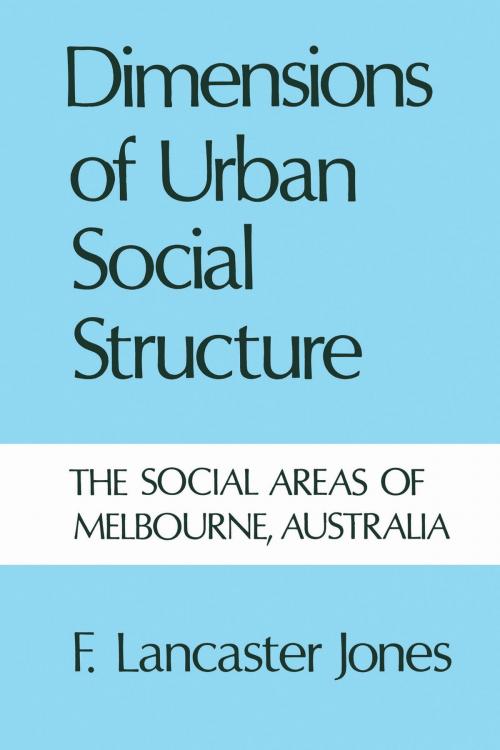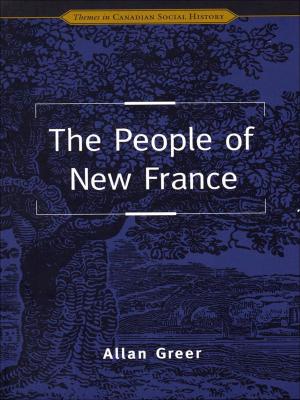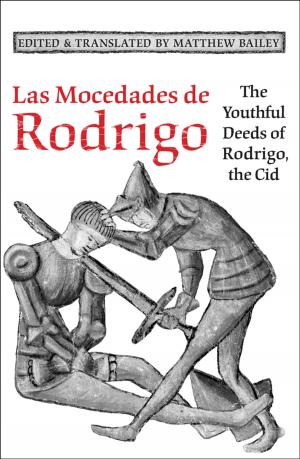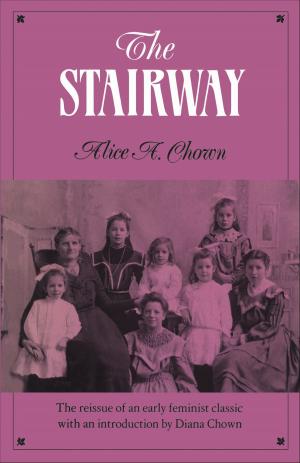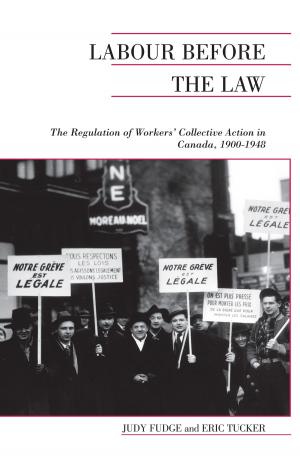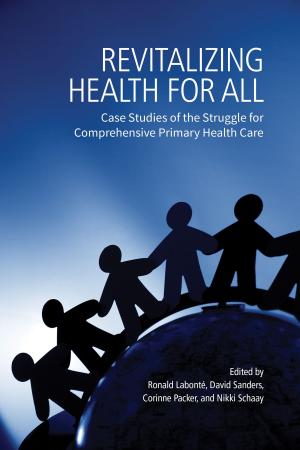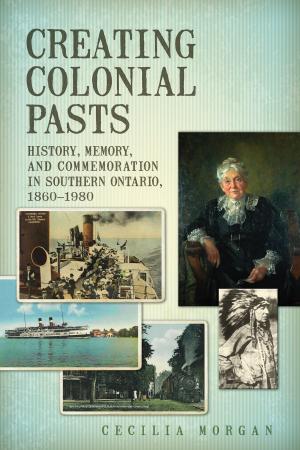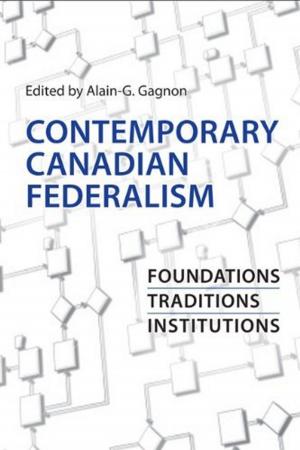Dimensions of Urban Social Structure
The Social Areas of Melbourne, Australia
Nonfiction, Social & Cultural Studies, Social Science, Sociology, Urban| Author: | Frank Jones | ISBN: | 9781487590673 |
| Publisher: | University of Toronto Press, Scholarly Publishing Division | Publication: | December 15, 1969 |
| Imprint: | Language: | English |
| Author: | Frank Jones |
| ISBN: | 9781487590673 |
| Publisher: | University of Toronto Press, Scholarly Publishing Division |
| Publication: | December 15, 1969 |
| Imprint: | |
| Language: | English |
The physical segregation of social groups in industrial cities has long attracted the attention of social scientist and casual observer alike. In Australia the possibility of mapping the social ecology of large cities has been limited by the absence of sufficiently detailed census of information, a gap remedied in 1961 by the provision of a new range of small area data.
Here the author exploits the existence of the new information to present the first intensive social anatomy of any Australian metropolis. Statistics on the residential concentration and segregation of seventy socioeconomic, demographic, ethnic, and religious categories are examined, and the vast complexity and range of these data are reduced by sophisticated techniques of statistical analysis to three theoretically meaningful constructs—social rank, familism, and ethnicity. These constructs are used to develop a typology of social areas which serves as the basis for developing an understanding of and further hypotheses about, urban social structure.
Not only does this analysis present a self-contained study of Australia's second largest metropolis, but detailed maps and statistical appendixes provide a benchmark for future social investigations into the urban scene—on subjects such as political preference, immigrant adjustment, poverty, crime, delinquency, and urban planning.
The physical segregation of social groups in industrial cities has long attracted the attention of social scientist and casual observer alike. In Australia the possibility of mapping the social ecology of large cities has been limited by the absence of sufficiently detailed census of information, a gap remedied in 1961 by the provision of a new range of small area data.
Here the author exploits the existence of the new information to present the first intensive social anatomy of any Australian metropolis. Statistics on the residential concentration and segregation of seventy socioeconomic, demographic, ethnic, and religious categories are examined, and the vast complexity and range of these data are reduced by sophisticated techniques of statistical analysis to three theoretically meaningful constructs—social rank, familism, and ethnicity. These constructs are used to develop a typology of social areas which serves as the basis for developing an understanding of and further hypotheses about, urban social structure.
Not only does this analysis present a self-contained study of Australia's second largest metropolis, but detailed maps and statistical appendixes provide a benchmark for future social investigations into the urban scene—on subjects such as political preference, immigrant adjustment, poverty, crime, delinquency, and urban planning.
